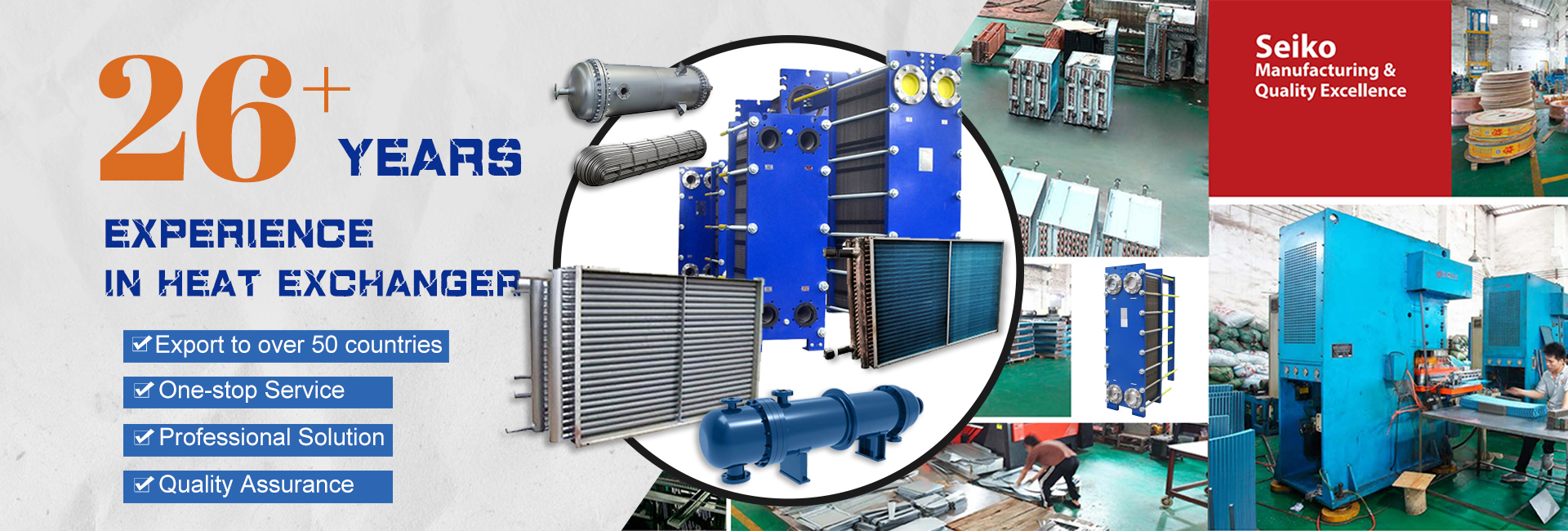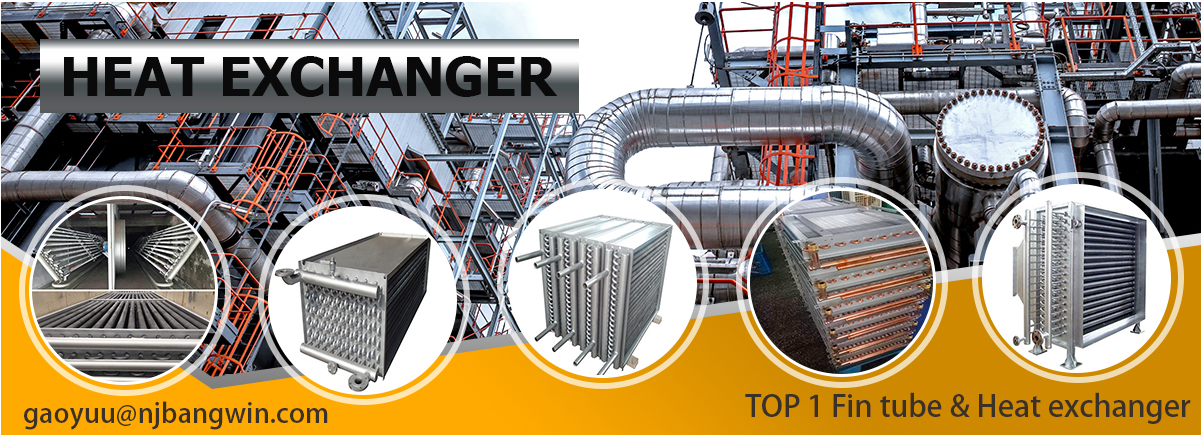
Introduction
Fin tube heat exchangers, also known as finned tube exchangers, are designed to improve the efficiency of heat transfer between two fluids. The fins added to the tubes help increase the surface area of the exchanger without increasing its size. These exchangers are commonly used in heating, ventilation, and air conditioning (HVAC) systems, petrochemical and power plants, as well as refrigeration applications.
What is a Fin Tube Heat Exchanger?
A fin tube heat exchanger is a type of heat exchanger that has fins attached to the tubes to increase the overall heat transfer area and improve the efficiency of the system. The fins increase the surface area of the tubes, allowing for better heat transfer between the two fluids without significantly increasing the size of the exchanger.
Working Principle
- Fluid Flow – The hot or cold fluid flows inside the tubes while the other fluid flows outside the finned surfaces.
- Heat Transfer – The heat is transferred from the hotter fluid to the colder one through the tube walls and extended fin surfaces.
- Fins Efficiency – The fins increase the surface area in contact with the surrounding fluid, allowing for a more effective heat exchange in a compact unit.
Technical Details
Specification | Details |
Tube Diameter | 12 mm – 50 mm (customizable) |
Fin Types | L-fin, G-fin, embedded fin, extruded fin, welded fin |
Fin Thickness | 0.2 – 0.8 mm depending on material |
Operating Temperature | Up to 500 °C depending on design |
Materials | Carbon steel, stainless steel, copper, aluminum |
Key Features
- High heat transfer efficiency in a compact form factor
- Wide variety of fin materials available (aluminum, copper, stainless steel, carbon steel)
- Suitable for high pressure and high temperature conditions
- Available in various fin designs (straight fin, spiral fin, extruded fin, welded fin)
- Corrosion-resistant and durable for harsh environments
Advantages
- Enhanced Heat Transfer Performance – Fins provide a larger surface area, leading to better heat transfer efficiency.
- Energy Efficiency – Optimized thermal exchange results in reduced energy consumption.
- Compact Design – Achieves high performance in a smaller size, saving space.
- Versatile Applications – Suitable for a wide range of industries and processes.
- Durability – Offers long service life with proper material selection.
Industrial Applications
- HVAC systems – Air conditioning and ventilation units
- Petrochemical industry – Cooling and heating in process equipment
- Power plants – Waste heat recovery systems, boiler economizers
- Food & beverage industry – Cooling and heating requirements
- Refrigeration systems – Used in evaporators and condensers
Frequently Asked Questions (FAQ)
Q1: What is the main purpose of fins in heat exchangers?
A1: The primary purpose of fins is to increase the surface area of the tubes, allowing for a higher rate of heat transfer.
Q2: What materials are commonly used for fins in fin tube heat exchangers?
A2: Aluminum, copper, stainless steel, and carbon steel are the most common fin materials.
Q3: Can fin tube heat exchangers handle high pressure?
A3: Yes, depending on the design and materials used, fin tube heat exchangers can handle high pressure and high-temperature applications.
Q4: Where are fin tube heat exchangers mostly used?
A4: Fin tube heat exchangers are used in HVAC systems, petrochemical plants, power stations, refrigeration systems, and other industrial process applications.
Conclusion
Fin tube heat exchangers are a popular choice for industries that require an efficient, compact, and versatile heat transfer solution. They offer enhanced heat transfer performance, energy efficiency, and are available in a wide range of designs and materials. With their ability to handle high pressure and temperature conditions, they find applications in various industries, including HVAC, petrochemical, power generation, and refrigeration.
